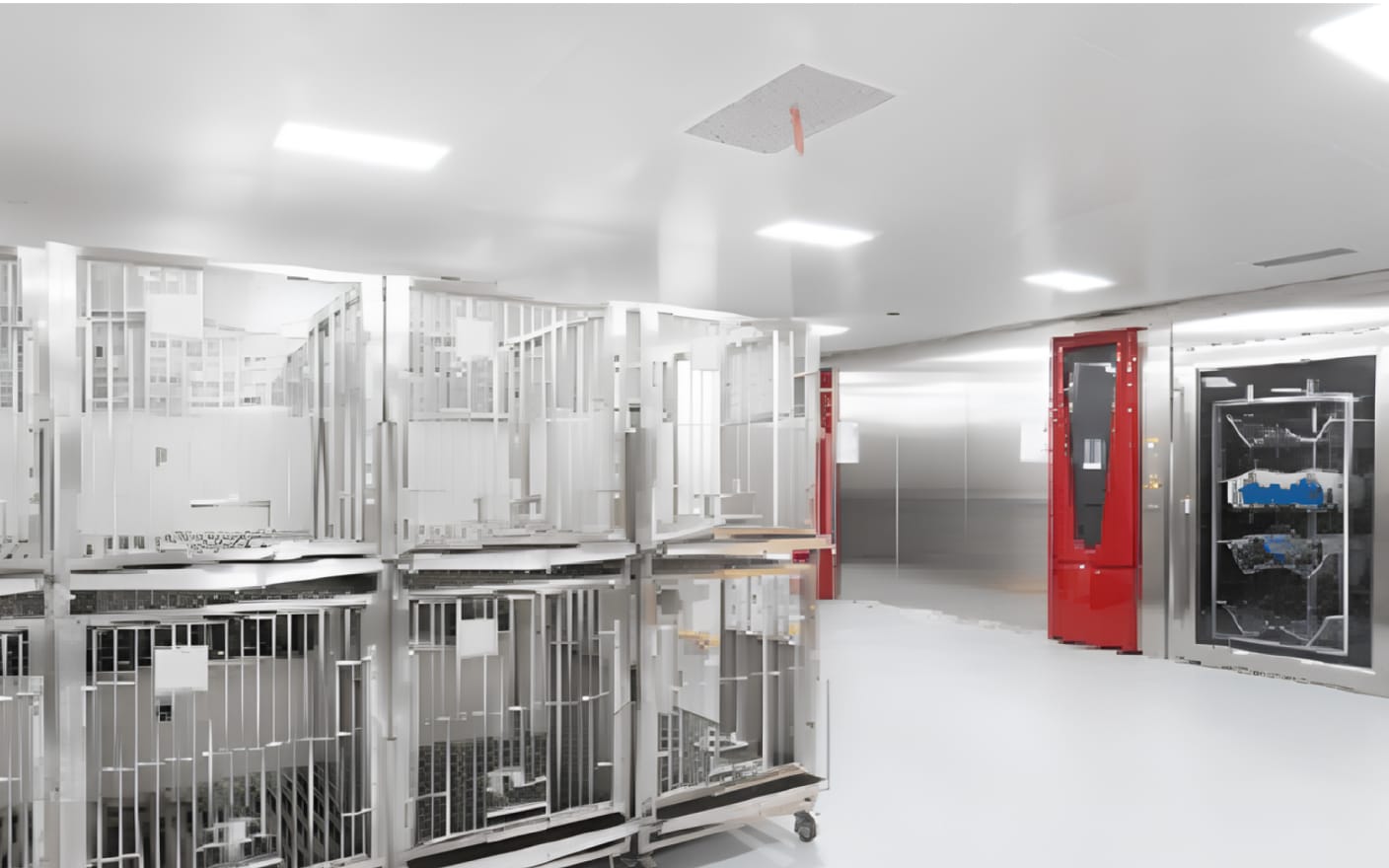Owing to the advancement of medical, pharmaceutical, and our understanding of pulmonary function, and diseases like asthma and chronic obstructive pulmonary disease (COPD), inhaled delivery has been considered the simplest and most effective administration route of respiratory diseases. This blog discusses the advantages, challenges, and strategies for the development of inhaled drugs.
What are the advantages of inhaled delivery?
Inhaled delivery has many pronounced advantages, attracting considerable attention in the pharmaceutical industry.
Inhaled delivery could directly target the disease areas to treat respiratory system diseases.
The alveolar cells are thin and there are abundant blood vessels on the alveolar surface, which facilitates the absorption of drugs intended for systemic therapeutic effects through inhalation.
The treatment of respiratory system diseases often needs long-term medication, and inhaled delivery is non-invasive and requires only simple devices, which can enhance patient compliance.
What are the challenges of the development of inhaled drugs?
There are still numerous challenges in the development of inhaled drugs. After inhalation, not all of the drug will deposit in the lungs, with 40–90% of drugs getting deposited in the oropharynx instead. One major challenge faced by the development of inhaled drugs is the improvement of pulmonary bioavailability while decreasing systemic exposure.
Increasing pulmonary bioavailability could consider two methods: increasing the rate of lung deposition and prolonging lung retention.
Inhaled delivery techniques and study design for preclinical in vivo PK studies
Selection of inhalation devices for preclinical PK studies: The choice of drug delivery device should be based on various factors, including the drug development stage, formulation type, and quantity of the compound.
Preclinical study design for inhaled drug delivery: In preclinical PK studies, different inhalation devices are used for different study designs.
Sampling design: In PK studies on respiratory diseases, in addition to routine plasma collection, special attention should be paid to the distribution of the drug in the respiratory tract and drug concentration in the bronchoalveolar lavage fluid.
Data analysis results: Intratracheal administration resulted in higher pulmonary deposition and in vivo absorption than oral administration. Due to the longer dissolution time of the dry powder in the lungs, a higher lung-to-blood ratio was observed in the dry powder than in the solution formulation, which increases drug retention and bioavailability in the lungs.
The inhaled delivery platform possessed by the WuXi AppTec DMPK includes intranasal administration, intratracheal administration, and nose-only exposure inhalation systems, which satisfy the needs of inhalation drug research at all preclinical stages. This blog summarizes the challenges and strategies for preclinical in vivo PK studies of inhaled drug delivery, aiming to facilitate the development of respiratory disease medications and bring hope to patients.
If you want to learn more details about the strategies for the development of inhaled drugs, please read the article now.
Committed to accelerating drug discovery and development, we offer a full range of discovery screening, preclinical development, clinical drug metabolism, and pharmacokinetic (DMPK) platforms and services. With research facilities in the United States (New Jersey) and China (Shanghai, Suzhou, Nanjing, and Nantong), 1,000+ scientists, and over fifteen years of experience in Investigational New Drug (IND) application, our DMPK team at WuXi AppTec are serving 1,500+ global clients, and have successfully supported 1,200+ IND applications.
Talk to a WuXi AppTec expert today to get the support you need to achieve your drug development goals.
Related Services and Platforms




-

 In Vivo PharmacokineticsLearn More
In Vivo PharmacokineticsLearn More -

 Therapeutic Areas DMPK Enabling PlatformsLearn More
Therapeutic Areas DMPK Enabling PlatformsLearn More -

 Rodent PK StudyLearn More
Rodent PK StudyLearn More -

 Large Animal (Non-Rodent) PK StudyLearn More
Large Animal (Non-Rodent) PK StudyLearn More -

 Clinicopathological Testing Services for Laboratory AnimalsLearn More
Clinicopathological Testing Services for Laboratory AnimalsLearn More -

 High-Standard Animal Facilities and Animal WelfareLearn More
High-Standard Animal Facilities and Animal WelfareLearn More -

 Preclinical Formulation ScreeningLearn More
Preclinical Formulation ScreeningLearn More
Stay Connected
Keep up with the latest news and insights.










